Since its launch, the James Webb Space Telescope (JWST) has revolutionized astronomers' understanding of distant planets beyond Earth.
Recently, the James Webb Space Telescope discovered tiny quartz nanocrystals in high-altitude clouds on a giant exoplanet called WASP-17 b.
WASP-17 b is located about 1,300 light-years from Earth, in the constellation Scorpio. The intense heat from this star causes its surrounding atmosphere to expand. This gives it nearly twice the diameter of Jupiter, even though its mass is only half that of Jupiter.
Therefore, WASP-17b is considered one of the largest and most swollen planets known.
WASP-17 b is classified as a hot exoplanet. In space, this exoplanet is bombarded with enormous amounts of radiation and experiences extremely high temperatures of around 1,500 degrees Celsius due to its proximity to its host star.
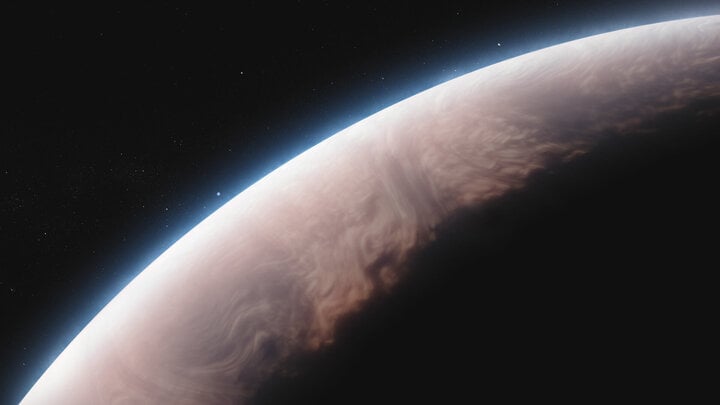
WASP-17b is located approximately 1,300 light-years from Earth in the constellation Scorpio. (Image: Google)
The quartz crystals found in the clouds of WASP-17 b have a hexagonal prism-like shape. Others have a pointed structure, similar to quartz on Earth, but they are only about 10 nanometers in size.
David Grant, a researcher at the University of Bristol in England and the lead author of this work, said that scientists had previously known about aerosols (small particles that form clouds or fog in the atmosphere of WASP-17 b) from observations by the Hubble Telescope, but now they are even more surprised to find that these aerosols are made of quartz crystals.
Hannah Wakeford, co-author from the University of Bristol, said that on other exoplanets they found magnesium-rich quartz crystals, while on WASP-17 b these quartz crystals are purer.
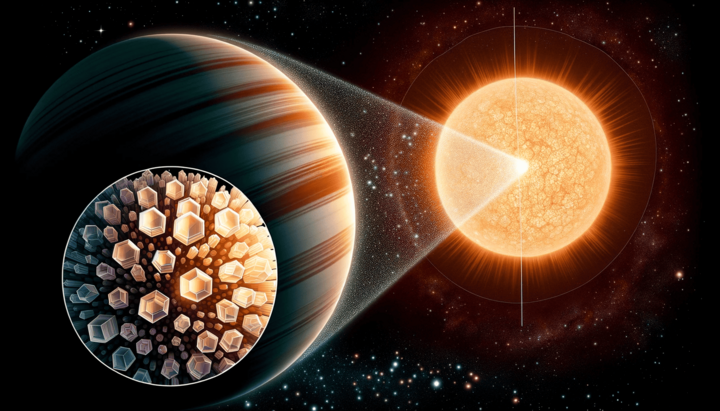
A cloud of quartz crystals covering an bulging exoplanet. (Image: Google)
Unlike mineral particles found in clouds on Earth, the quartz crystals discovered in the clouds of WASP-17b were not swept up from the rocky surface of the exoplanet.
Instead, they originate from its own atmosphere. “WASP-17b is extremely hot, around 1,500 degrees Celsius,” Dr. Grant said. “The extremely high pressure causes the quartz crystals to form in place from the available material.”
To make this discovery, the research team used the James Webb Space Telescope's Infrared Probe to observe WASP-17 b as it transited its host star. The James Webb Space Telescope observed WASP-17 b for nearly 10 hours.
This extended observation period allowed the instrument to collect a large dataset, comprising more than 1,275 observations of brightness in the infrared bands of WASP-17 b's atmosphere, both during and after its transit past its host star.
However, the research team also noted that accurately determining the amount of quartz present and the extent of cloud cover on WASP-17 b remains a major challenge.
HUYNH DUNG (Source: Interestingengineering/Space/Sci)
Source











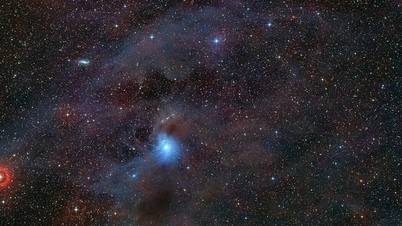

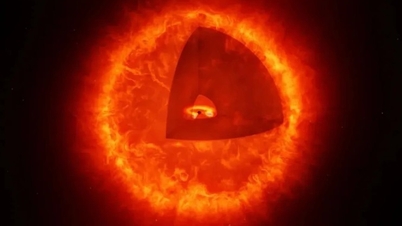

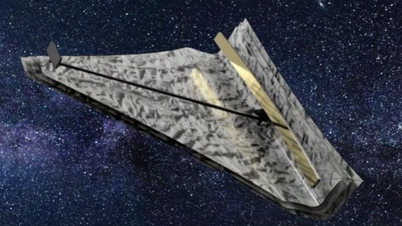
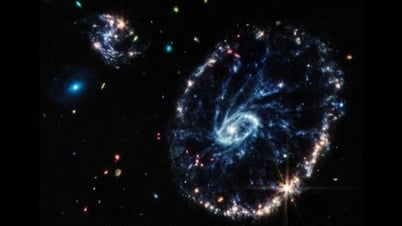





























































































Comment (0)